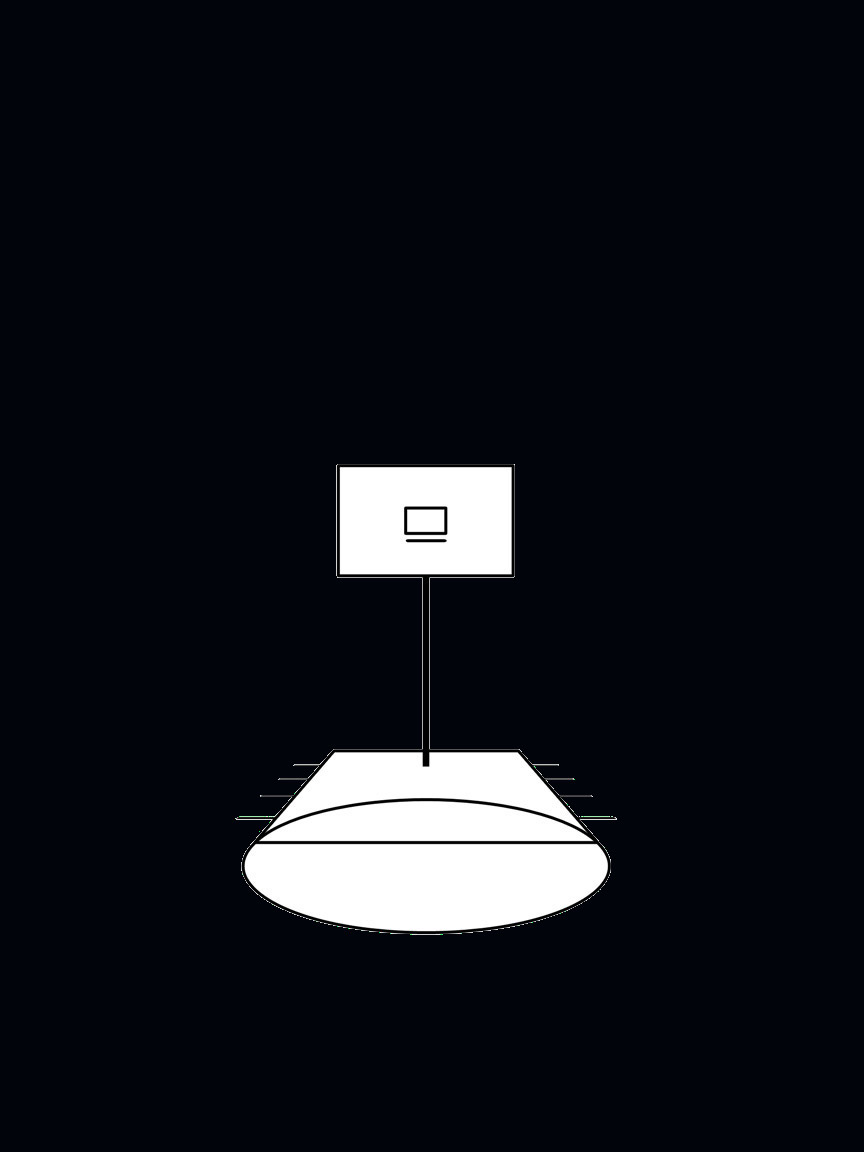Un | Fixed Homeland brings together an inter-generational roster of thirteen emerging and established Guyanese artists who, via photography and photography-based art, examine the complex relationship to “homeland.” These artists explore how a “homeland” can be both fixed and unfixed, a constantly shifting idea and memory, and a physical place and a psychic space. The exhibition’s title reflects the emergence of the Caribbean diaspora in metropolitan cities around the world and speaks to what has become the defining global movement of the 21st century – migration.
Guyana, the only English-speaking South American country and former British colony, celebrates its 50th anniversary of independence this year. The past five decades have been marked by an incredible exodus of its citizens – the country has a population of approximately 750,000 living within its borders and over one million living in the diaspora. In other words, more Guyanese citizens live outside the nation than within it. To reflect this reality, featured in the exhibition are artists living and working in Guyana as well as in major diasporic cities throughout Canada, the United Kingdom, and the United States. In New York, in particular, Guyanese are the city’s fifth largest immigrant population.
Among the works included is Amalivaca, a self-portraiture piece by Khadija Benn who lives and works in Guyana. She exploits the exotic by inserting her body in a painterly landscape as acts of agency and ownership of place. Hew Locke, who was raised in Guyana and now lives and works in London, has painted photographs of houses, titled Rose Hall and Mt. Sinai, which are reminiscent of the ones familiar to his childhood. In his rendition, they are falling apart and symbolically flooded. Keisha Scarville, a New York City-based artist born to Guyanese immigrants, reinterprets her father’s passport photo as a young boy in British Guiana in the mixed-media Passport series. The Toronto-based artist Erika DeFreitas elicits her Guyana-born mother in a series of documented performative actions where the two hand-fashion face masks out of green, yellow, and purple icing in the portraiture piece, The Impossible Speech Act. Frank Bowling, who was born in British Guiana in 1934 and now lives and works in London and New York City, screen printed an archival 1953 photograph of his mother’s house onto his canvas Mother’s House with Beware of the Dog – an artistic gesture charged with the memory of homeland.
While specifically focused on the visual culture and new modes of viewing Guyana, the exhibition also frames Guyana, “fixed or unfixed homeland,” as symbolic of larger pressing global concerns of our 21st century — the tensions between place and placeless-ness, nationality and belonging, immigrant and citizen.
